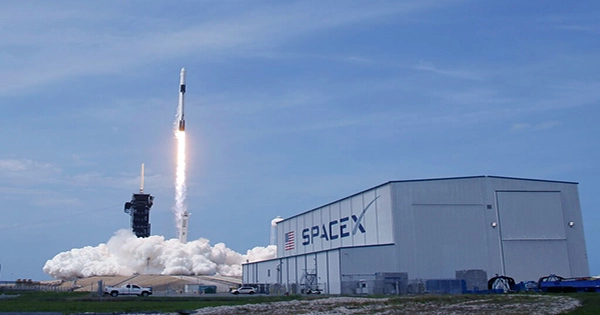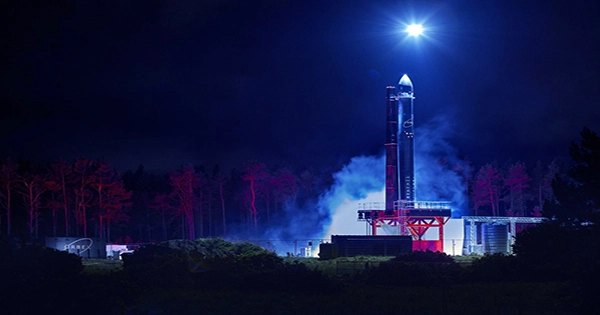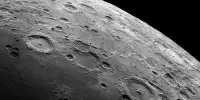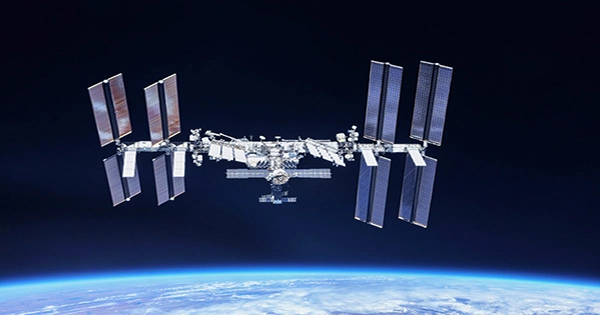On Sunday, February 12, at 05:10 UTC, Starlink Group 5-4, the first of two Starlink launches that day, launched into space. The flight shattered the overall record for all three Falcon 9 launch pads as well as the pad turnaround record for Space Launch Complex 40 (SLC-40) at Cape Canaveral Space Force Station in Florida.
Starlink Group 2-5, the second mission of the week, is scheduled to launch from Space Launch Complex 4 East (SLC-4E) at Vandenberg Space Force Base in California on Wednesday, February 15 at 8:32 AM PST (16:32 UTC).
Breaking Launch Cadence Records by SpaceX: SpaceX broke its previous record of 31 missions from 2021 with 61 launches into orbit in 2022. The business is on track to break its own record once more so far in 2023. SpaceX might likely surpass the 80-launch threshold this year based on the launch cadence it accomplished in January and the first few days of February.
Elon Musk, the CEO of SpaceX, had said that the business was “aiming for up to 100 flights” in 2023, however, for the time being, launch pad and drone ship turnaround periods make achieving this objective challenging. By 2024, it may be even more possible that SpaceX would launch over 100 missions in a single year, as Starship is expected to undertake its first orbital launch in the following months.
Five days, three hours, and 38 minutes after the Amazonas Nexus mission, Starlink Group 5-4 lifted off. Hotbird-13F and Starlink Group 4-36 were connected in under five days, nine hours, and 28 minutes in October 2022, breaking SpaceX’s previous pad turnaround record that was also set at SLC-40.
The three Falcon 9 launch sites’ quickest pad turnarounds have so far been made possible by SLC-40. Between the OneWeb-15 and Starlink Group 4-37 missions in December 2022, Launch Complex 39A (LC-39A) at the Kennedy Space Center has supported two launches with as little as eight days, 23 hours, and five minutes between liftoffs.
Due to ground-side modifications to handle Dragon and Falcon Heavy missions, which can only currently launch from LC-39A, this launch pad occasionally has to operate with significantly longer turnaround times.
Between the Starlink Group 3-1 and 3-2 missions in July 2022, Vandenberg’s SLC-4E achieved a turnaround record of 11 days and 16 hours. This record won’t be broken by the Group 2-5 mission on Wednesday because they are now aiming for a turnaround time of 15 days, 17 minutes.
The company’s Starlink satellite internet constellation, which is supported by the two Falcon 9 launches this week, is the demand generator for this kind of launch frequency. Prior to Human Landing System (HLS) missions for NASA’s Artemis program, such as orbital replenishing missions that will also require a quick launch cadence, early Starship launches will probably be used to deploy improved Starlink satellites and gather flying experience.
4-5 Starlink Group: 55 Starlink satellites were carried by the Group 5-4 mission. These satellites, which have been enhanced over the initial Starlink satellites but are not yet the version designed to take advantage of Starship’s launch capabilities, are thought to represent version 1.5 of the spacecraft.
Group 5 flights have so far only been able to place satellites into the “F9-1” satellite configuration in orbits designated for the second-generation Starlink network.
The F9-2 configuration, which consists of larger satellites adapted to fly on Falcon 9, may be used in future flights to the Starlink Gen2 constellation. The full-size Starlink Gen2 satellites can be launched after Starship is prepared to transport and deploy payloads.
The initial deployment orbit for Sunday’s mission was 298 by 339 kilometers in size and inclined at 43 degrees. Two burns—one to attain an initial parking orbit and another during a coast phase to increase the orbital perigee—on the upper stage of the Falcon 9 sent the satellites into this orbit. The satellites have now been launched, and they will soon start their initial checks and solar array launches.
If a satellite is functioning properly, it will raise itself to its operational height of 530 kilometers. Any malfunctioning satellites will safely be destroyed upon reentry as they naturally decay from the lower orbit.
B1062-12 was the first stage of Falcon 9 that supported the Group 5-4 mission. Two GPS satellite launches, GPS-III-SV04 in November 2020 and GPS-III-SV05 in June 2021, marked the beginning of this booster’s lifetime. B1062 has further supported the Nilesat-301 communications satellite mission, six prior Starlink launches, and two private crew flights, Inspiration4 and Axiom-1.
A Shortfall of Gravitas, one of SpaceX’s autonomous spaceport drone ships, was stationed downrange in the Atlantic Ocean when B1062 began to descend after its maiden ascent. Soon after the stages separated, the payload fairings splashed down and were recovered by SpaceX’s multipurpose vehicle Doug.
After payload deployment, the upper stage of the Falcon 9 performs a deorbit burn before reentering over water south of Africa.
Starlink Group 2-5
Another group of Starlink satellites destined for the Gen1 constellation will be launched on the second Starlink mission of the week. The stack will be placed into an orbit with a 70-degree inclination. The satellites will maneuver to an operational height of 570 kilometers after being tested in their maiden orbit.
Six earlier Starlink flights as well as the Sentinel-6A and DART missions were supported by the first stage, B1063-9. After launch, it will make an attempt to touch down on Of Course I Still Love You, with the payload fairings heading toward a splashdown recovery by NRC Quest.
The Inmarsat I-6 F2 communications satellite launch, scheduled for no earlier than February 17, and the Crew-6 mission carrying four astronauts to the International Space Station, scheduled for no earlier than February 26, are among the customer missions that the Falcon teams will have to launch in the near future.
















